Why Do Professional Athletes Train At High Altitude?
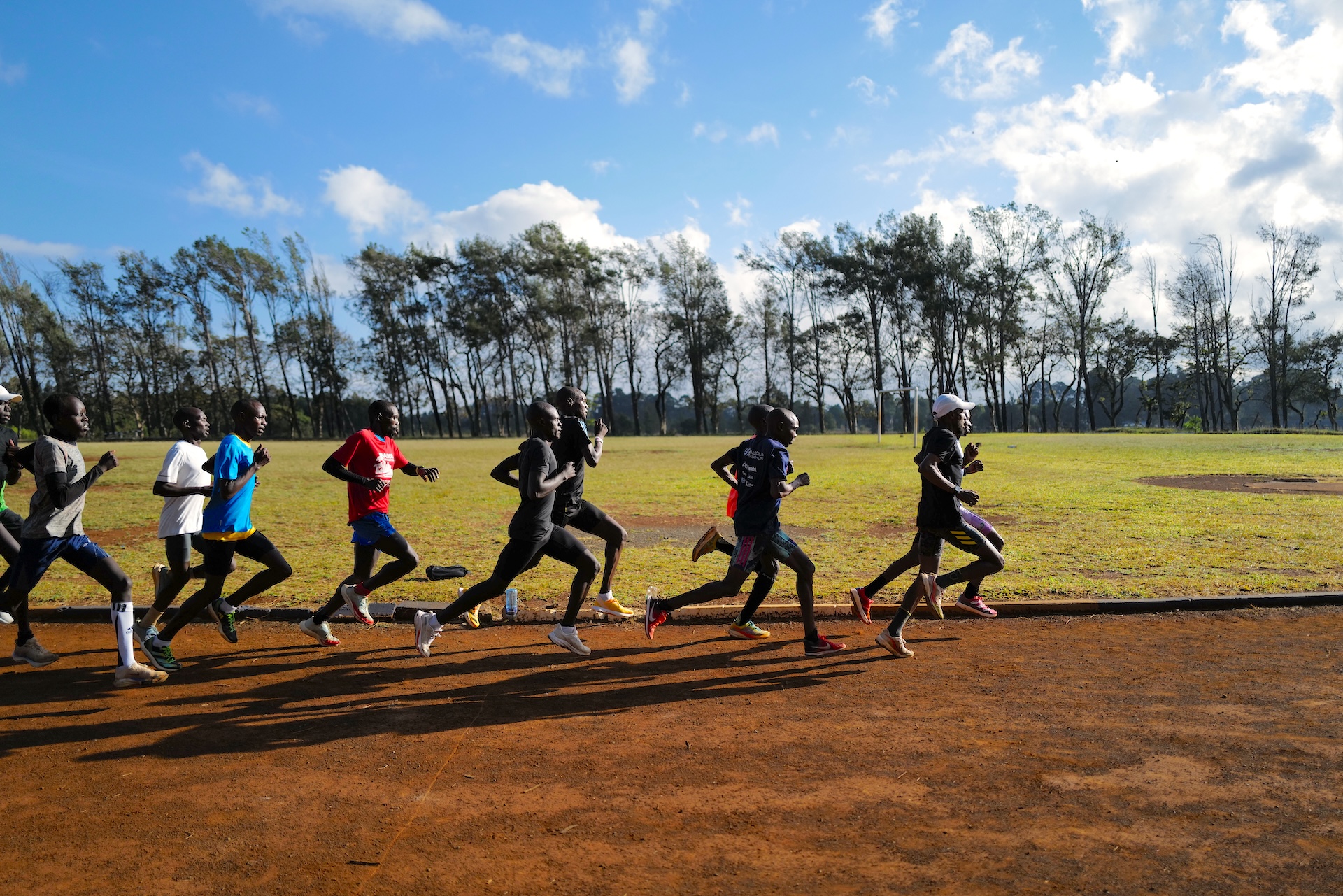
You’ve probably heard stories of the great Kenyan and Ethiopian runners who live at high altitude, and you may have seen elite runners at training camps in Iten or Flagstaff, but why do these runners head to the hills and high elevation to train? What is high altitude training and how can it help professional runners to improve? And can it work for you?
HOW IS THE AIR DIFFERENT AT ALTITUDE?
Alongside breathtaking views, the air at high altitude is literally breathtaking, because it contains less oxygen.
That lower atmospheric pressure makes it more difficult to take oxygen from the air and move it into the blood to support normal bodily functions, so our bodies have to work harder. Because of this we breathe more rapidly to get more oxygen in, our heart beats faster, and our maximum heart rate is decreased. All of which sounds terrible for athletes, right?
But after a few days or weeks at altitude, our bodies begin to adapt to the conditions, and that can lead to lasting performance benefits for endurance athletes.
WHAT IS HIGH ALTITUDE TRAINING FOR RUNNERS?
Altitude training, or ‘hypoxic training’, is when runners spend an extended amount of time (usually at least three weeks) living and training at high altitude so that the body can have positive adaptations in the lower oxygen air.
High altitude is considered to begin around 1,500m (5,000ft), and typically goes to 2,500m (8,000ft).
HOW DOES HIGH ALTITUDE TRAINING HELP RUNNERS IMPROVE?
The basic human physiology is that we inhale oxygen into the lungs, then the oxygen passes into red blood cells, and they carry it to the muscles to give you energy.
If you’re at high altitude then there’s less oxygen in the air, so our bodies need to work harder to get the oxygen it needs, especially if we’re exercising.
Over time, an adaptation takes place at altitude and our body produces a hormone called erythropoietin (EPO) which produces more red blood cells (yes, that’s the EPO used in blood doping, only here it’s produced naturally and not injected into the body).
If you have more red blood cells, the body can be more efficient at taking oxygen from the air and depositing it in your muscles, theoretically increasing aerobic capacity and VO2 Max potential, both of which can improve endurance.
Runners are unlikely to feel these benefits at altitude because those extra red blood cells are there to compensate for the thinner air. But the benefits come when a runner returns to sea level.
At sea level there’s naturally more oxygen while athletes still have all those extra red blood cells from being at altitude, meaning they can deliver more oxygen into their muscles, boosting their performance capacity. The increased red blood cell volume can remain for around 20 days after returning from altitude.
Another benefit is that when the red blood cells drop off the oxygen, they take away carbon dioxide by transporting it to the lungs, and we breathe it out. So with more red blood cells the body can also handle higher levels of carbon dioxide, again increasing the time to fatigue.
ARE THERE NEGATIVES TO ALTITUDE TRAINING?
With less oxygen and more carbon dioxide in the air, it can take some time to adjust to living at altitude, with some people feeling light-headed, suffering from headaches, shortness of breath or increased tiredness.
The lower oxygen levels will impact aerobic performance, leaving less capacity to exercise, so it feels harder to run as fast and for as long. Runners have to take this into consideration as they adjust to altitude.
In real terms, the altitude could equate to a difference of between 5 and 15 seconds slower per mile on pace for the same effort. Athletes need to be aware of this both physically (not pushing beyond limits) and psychologically (not being worried they’re getting slower).
As it’s harder to exercise at higher altitude, runners may burn more calories than at sea level, so need to refuel effectively. Likewise they may also sweat more and will breathe heavier, so need to ensure adequate hydration.
Training through illness or the stress of high-altitude may negate the possible benefits. A weakened immune system will produce fewer red blood cells as it prioritises getting white blood cells around the body to help you feel better.
Altitude training may not work for everyone, so it’ll be dependent on each individual to know if it’s worthwhile for them.
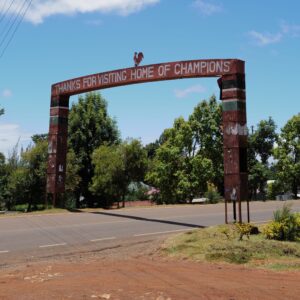
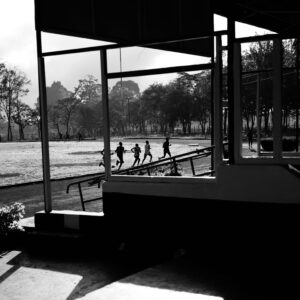
WHERE DO ATHLETES LIVE AND TRAIN AT ALTITUDE?
A lot of professional athletes live and train at high altitude. In the US, towns like Boulder (1,600m) and Flagstaff (2,100m) are popular for runners and other endurance athletes. In Europe, there’s Font Romeu in France and St Moritz in Switzerland (both 1,800m).
Famously there’s Iten (2,400m), Eldoret (2,100m) and Kaptagat (2,500m) in Kenya and Addis Ababa (2,300m) in Ethiopia which have given the world countless champion runners who live and train at high altitude. A lot of athletes also go to these places for training camps.
WHAT DOES MEXICO CITY HAVE TO DO WITH THIS?
The 1968 Olympic Games held in Mexico City (2,200m) saw many endurance athletes struggle to record the times they expected because of being at high altitude, then when they returned home they felt as if their performances improved. This led to more research into how living and training at altitude could help benefit athletic performances, particularly in endurance events, while also dedicating more time to study elite runners from the high elevations of east Africa.
THE PERFECT ALTITUDE FOR TRAINING?
The most popular places to train at altitude are between 2,000m and 2,400m. There is some research which suggests that at 2,100m and above the oxygen level in the blood decreases more rapidly, so the body works even harder to produce more red blood cells.
Most research (and experience from coaches and runners) suggests that three to four weeks between 2,000m and 2,400m is ideal as a training camp (though living at that elevation gives the benefits year-round).
If an athlete were to try living and training much higher than 2,500m then the lower oxygen would cause more stress and an increased training impact, which could become more of a negative than a positive.
WHAT ABOUT ALTITUDE TRAINING CAMPS FOR RUNNERS?
The altitude on its own is good for athletes, and we’ve seen how many long distance running world champions come from Kenya and Ethiopia, but aside from the physiological benefits or the genetic advantage of being born at altitude, it may also be that the training environment of a high altitude camp helps runners progress.
By attending a training camp at altitude, athletes are primed to work hard alongside other runners to try and seek incremental improvements in their performance, so the combination of altitude’s effects on the blood, and the effects of running with others, may be a double benefit to performance, as long as the runner can handle the increased training load and stress.
TRAIN HIGH, RACE LOW
One of the main ways that athletes use altitude is to train and live at altitude (whether permanently or for weeks or months at a time), and then take all those benefits with them to sea level to race. There are also other approaches.
Live high and train low means adapting to less oxygen in daily life and on easy runs, then dropping down in altitude to run on the track or for longer tempo sessions, where they can still expect to hit closer to sea-level splits, with less depletion from the workouts.
Or athletes taking part in a competition at a higher altitude may want to spend some time living at a similar altitude to adapt to the conditions to make them feel more comfortable on race day.
DOES HIGH ALTITUDE TRAINING WORK FOR EVERYONE?
Not necessarily, and each individual will respond differently to being at altitude, initially with how their body deals with the elevation changes, and then how they respond to training there and any adaptations that take to low altitude.
Research suggests improvements of 2-5% from high altitude training (or 1% for highly trained athletes). If that means lowering a marathon PB by a couple of minutes, then that might be significant for an elite athlete, but for the rest of us, the expense and time to train high may not be worthwhile. Though the idea of having a satellite TRC office in Flagstaff or St Moritz is quite appealing!
CAN YOU ALTITUDE TRAIN AT SEA LEVEL?
You can! It’s possible to recreate the barometric conditions of altitude in a chamber, and then put a treadmill (or bike) inside that chamber so that it feels as if you are running with reduced oxygen. You could also get a hypoxic tent to sleep in, which means you spend the night as if at altitude, or you can get an altitude sleep mask. But you’d need to be particularly dedicated to want to try these!


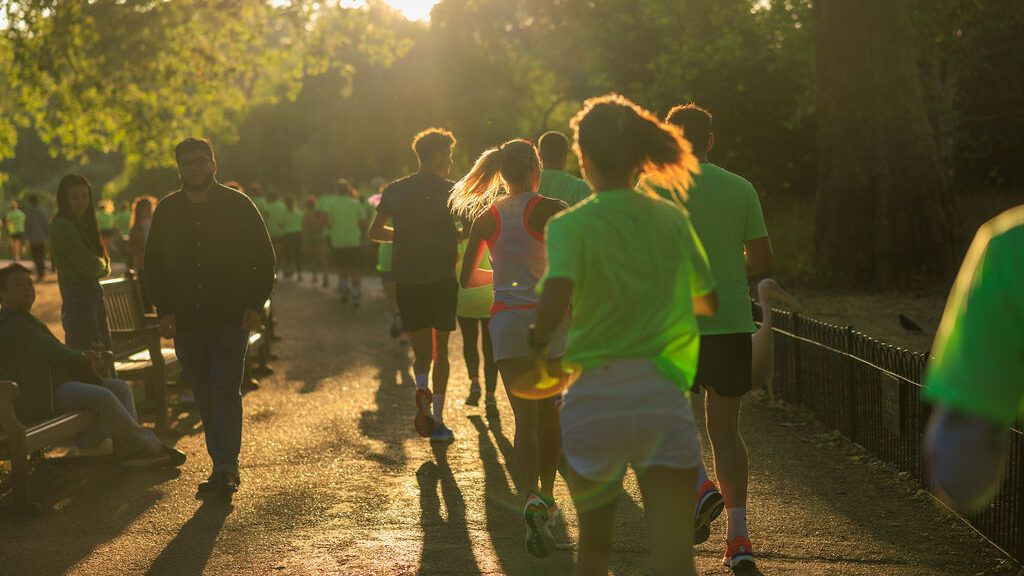
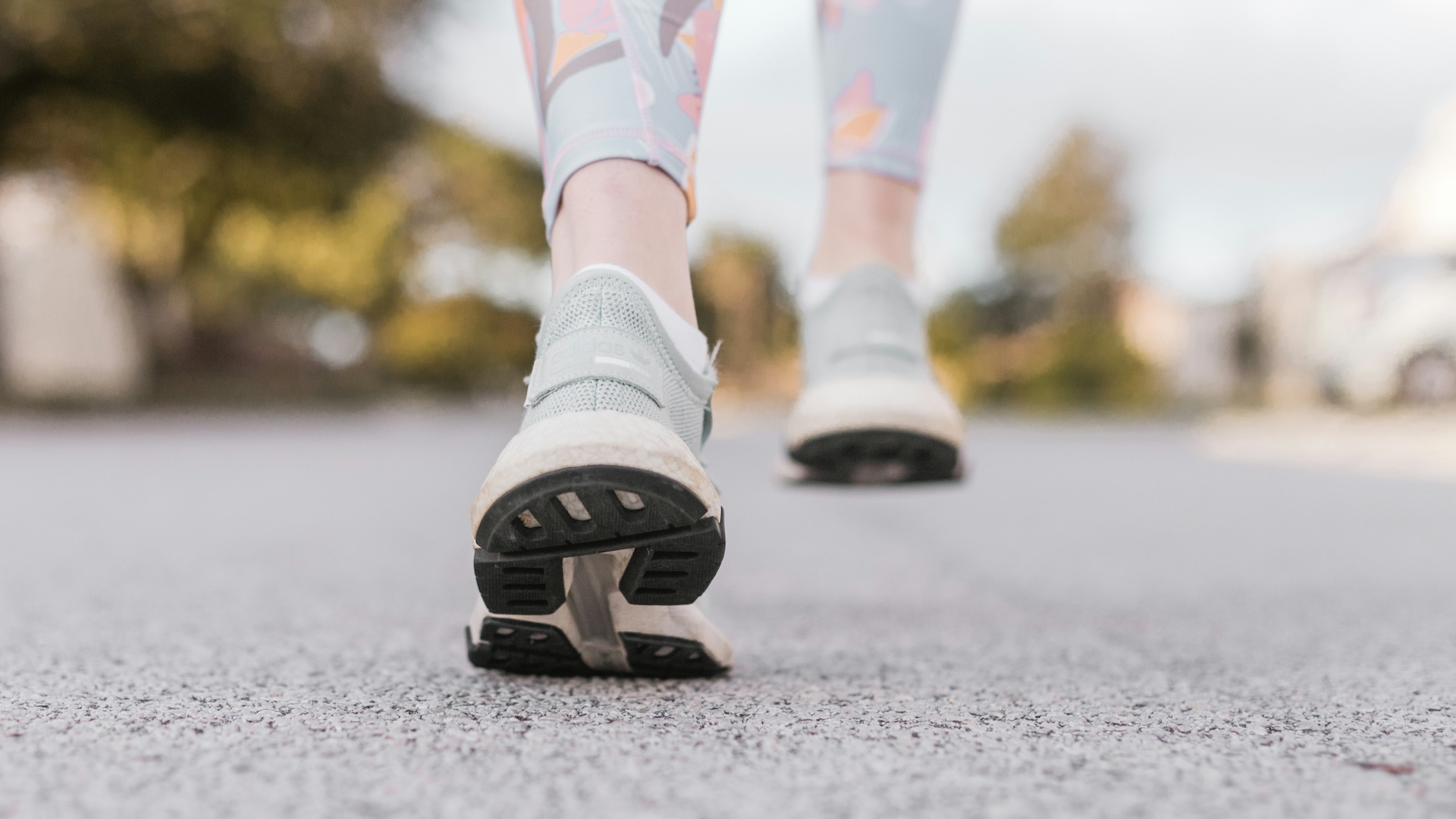

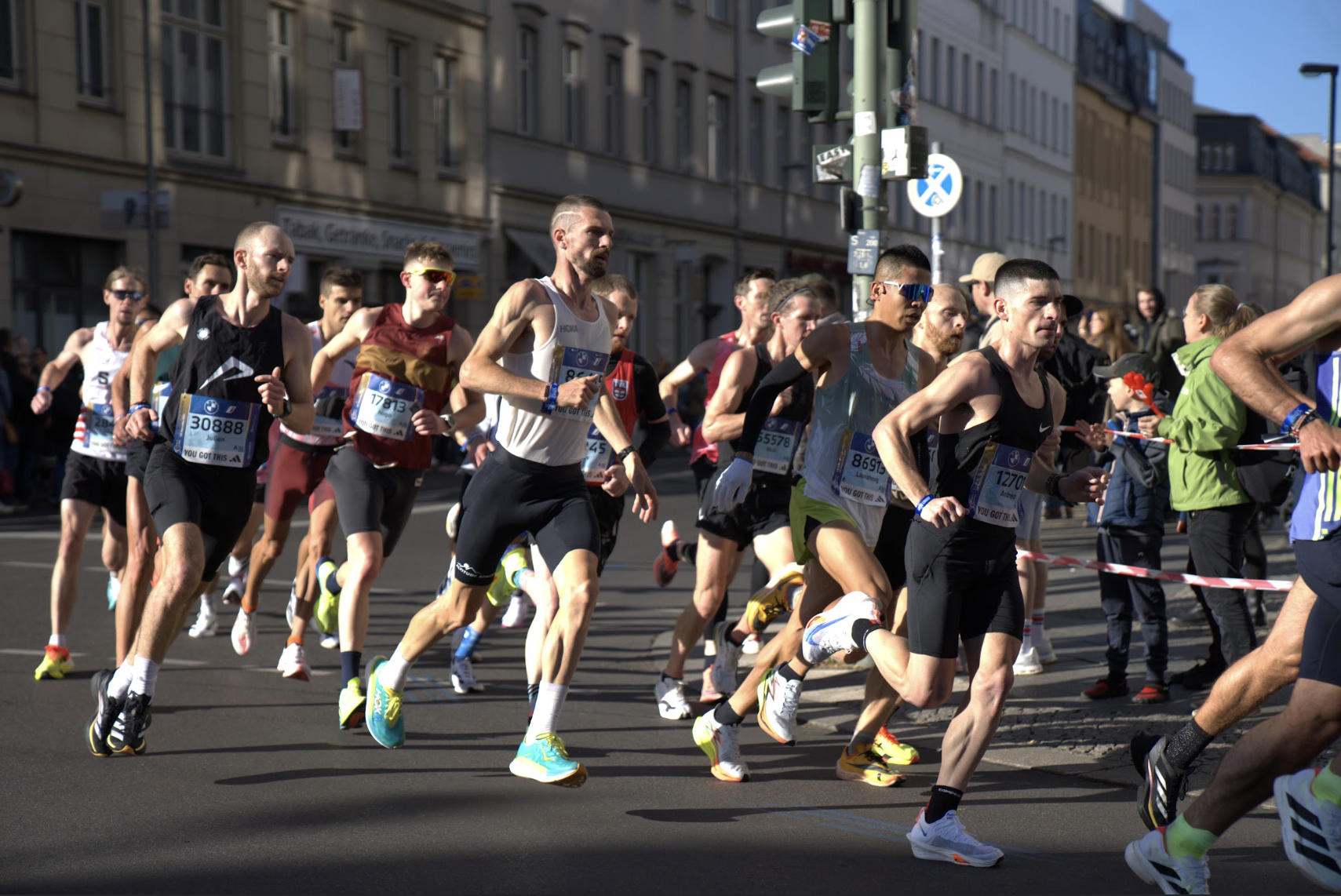
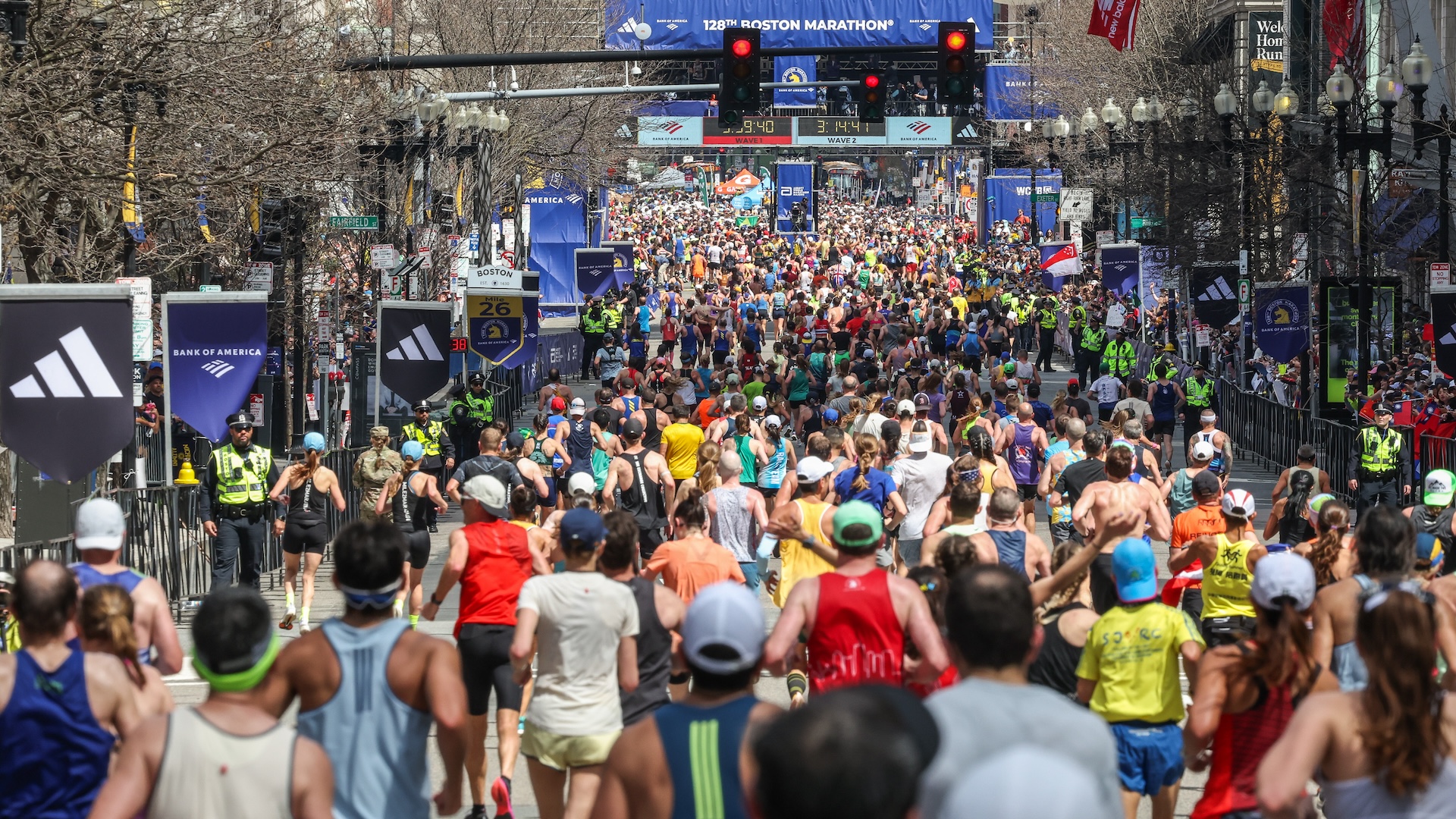





















Running News
Ingebrigtsen Stars at World Athletics Indoor Championships 2025 – Plus All The Winners!
Sam Ruthe Is First 15-Year-Old To Run A Four-Minute Mile!
Eliud Kipchoge Will Run The 2025 Sydney Marathon!